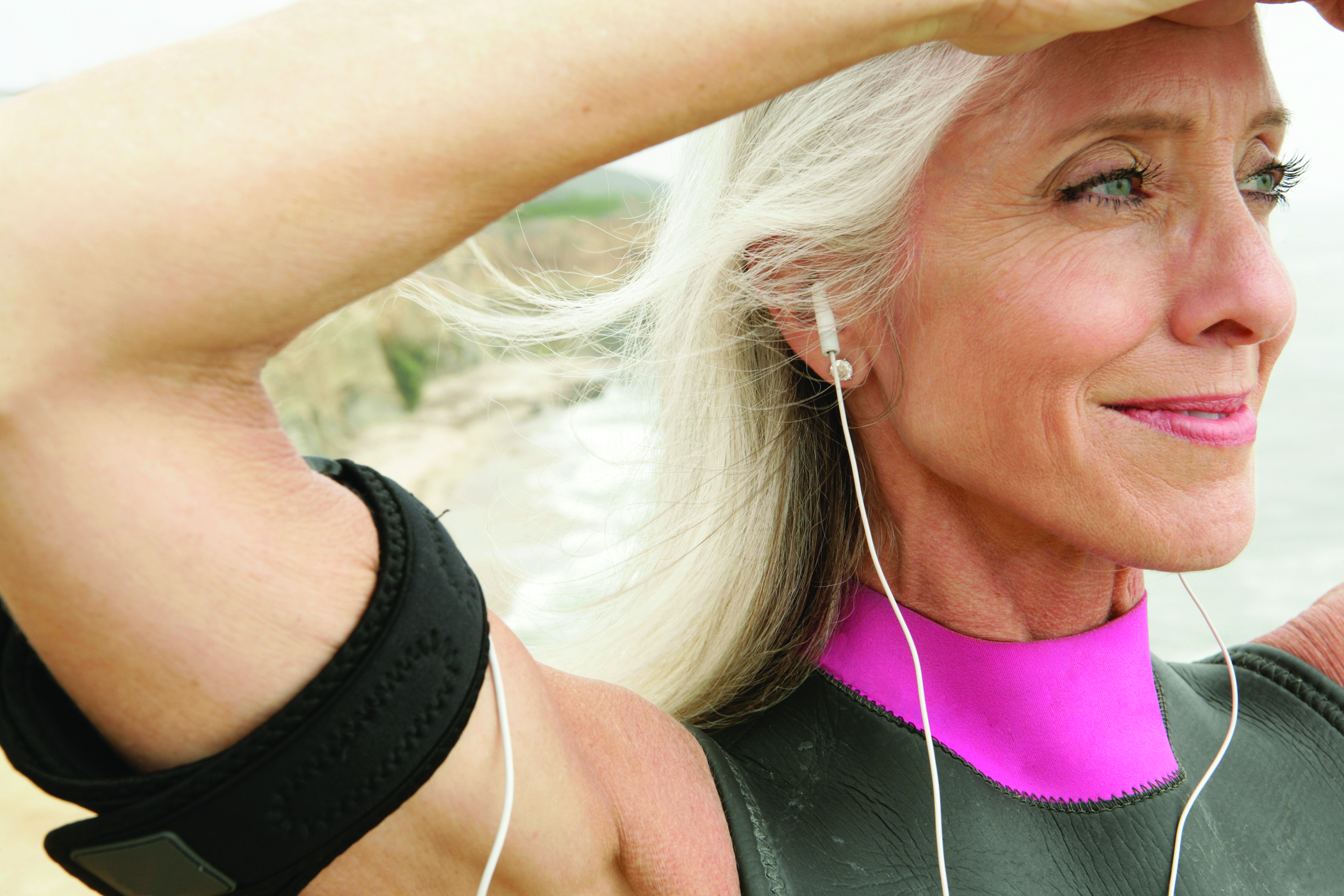
Financial savings and more when shopping online

Spring fling must-haves
Sixty-year-old Ester Kurz does a lot of things, but taking prescribed medicine isn’t one of them. While most people her age take a pill for one thing or another, Kurz, from Baltimore, self-prescribes exercise for healthy aging.
On a daily basis Kurz, who will turn 61 in June, goes to the Life Time Fitness in Rockville, Md., to enjoy everything from boot camp to yoga. Her favorite day is Monday, she says, when she goes from kickboxing to indoor cycling class to boot camp. “Each year, I seem to up the number and types of routines,” she boasts.
Kurz’s attitude is counter to the majority of her peers. Just 30 percent of people between ages 45 and 64 say they engage in regular leisure-time physical activity, according to the Centers for Disease Control and Prevention’s 2010 National Interview Survey. As people get older, they move even less: 25 percent are active between the ages 65 and 74 and only 11 percent of those 85 and older say they are active.
That’s a problem because studies indicate there’s a correlation between activity and a lower death rate in older adults.
“Healthy aging is the ability to maintain your mental, physical and cellular health,” says Jason Stella, a personal trainer at Life Time Fitness, The Healthy Way of Life Company. “The process of aging is inevitable, but the choices you make, good or bad, throughout your lifetime dictate the rate at which you will age and the positive or negative health affects you develop.”
In particular, Stella says behaviors that sabotage healthy aging include eating processed foods, taking too many medications, not controlling stress and inactivity.
“I have had almost no injuries and very few aches and pains other than when I push myself too hard,” Kurz says. In addition to staying physically active, Kurz is a lobbyist for a grassroots advocacy organization, a wife and mother of two sons, ages 19 and 21, as well as a volunteer with several organizations.
“A few years ago, I fell down a flight of stairs and, other than a few bruises and scrapes, did very little damage to my body,” Kurz says. “I have to believe exercise had a great deal to do with that.”
Regular exercise and physical activity are critical to helping older adults stay independent as they age. Strengthening bone and joint health to protect mobility is all the motivation most active older adults need to exercise.
Kurz appreciates those benefits, too, but likes the added challenges. In February she competed in the Life Time Fitness Alpha Showdown, a national competition that tests the body’s core energy systems: power, strength and endurance.
Most competitors were much younger than Kurz. “I did not win,” she says, “But I don’t think I came in last either, which was an achievement.”
Firmly in the second half of her life, Kurz is certain she has never been healthier or felt stronger. Life Time Fitness is part of her health aging program, but the facilities, programming and events cater to all ages and abilities, from those new to an exercise routine to those who are emphatic believers in exercise as good medicine, like Kurz.
“Every checkup, my doctor asks me, ‘Still exercising like crazy?'” she says. “And then he adds, ‘keep it up.'”
(ARA)

